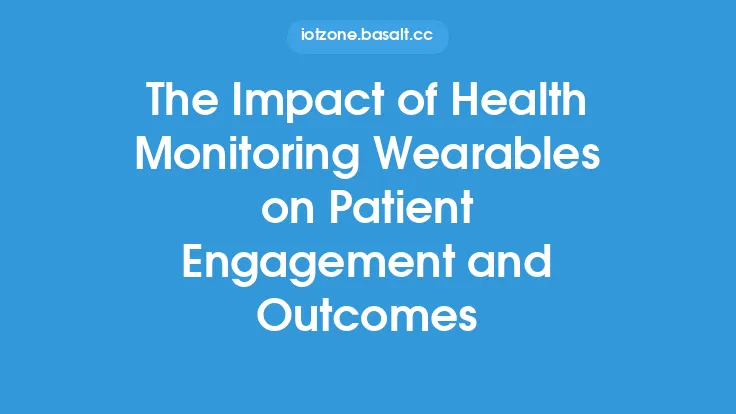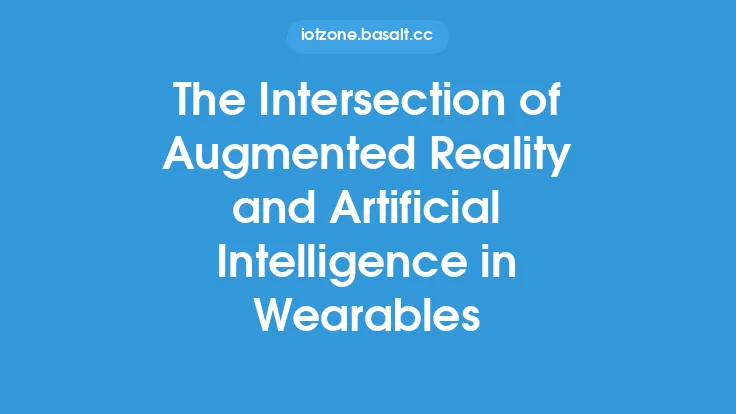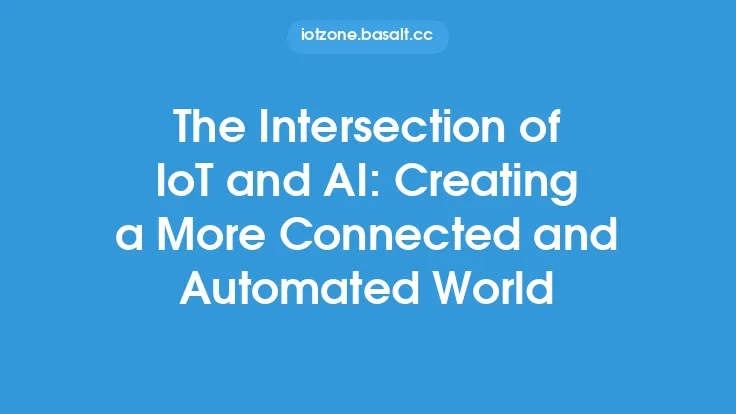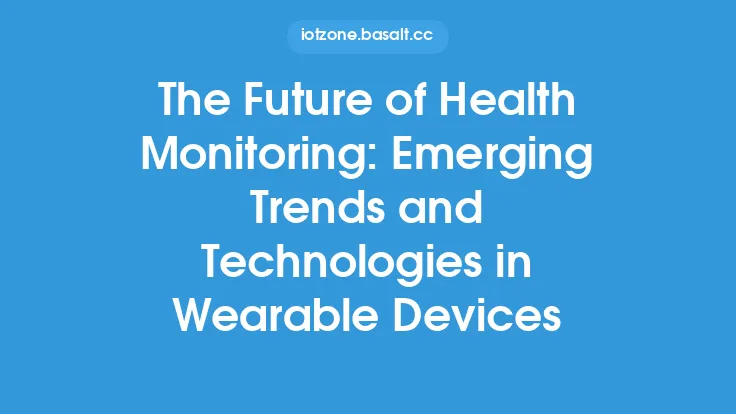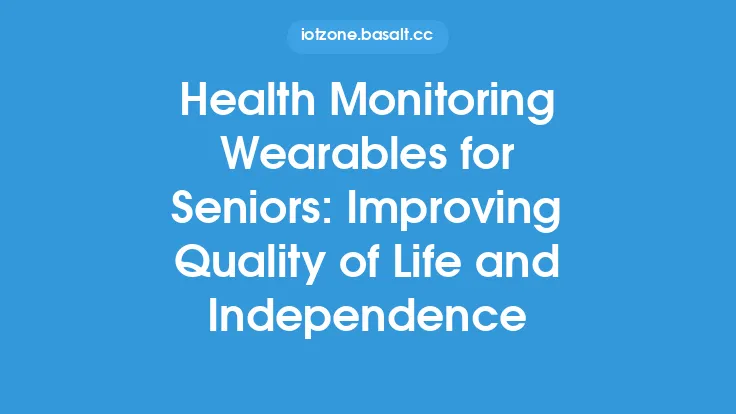The rapid advancement of wearable technology has led to the development of sophisticated health monitoring wearables that can track various physiological parameters, such as heart rate, blood pressure, and sleep patterns. These devices have become increasingly popular, and their potential to enhance predictive analytics has sparked significant interest in the field of healthcare. By leveraging artificial intelligence (AI) and machine learning (ML) algorithms, health monitoring wearables can provide personalized insights into an individual's health, enabling early detection and prevention of diseases.
Introduction to Predictive Analytics in Health Monitoring Wearables
Predictive analytics in health monitoring wearables involves the use of statistical models and ML algorithms to analyze data from various sources, including sensor readings, electronic health records (EHRs), and lifestyle information. This analysis enables the identification of patterns and trends that can predict the likelihood of a particular health event or disease. By integrating AI and ML into health monitoring wearables, individuals can receive personalized recommendations for improving their health and reducing the risk of chronic diseases.
The Role of Artificial Intelligence in Health Monitoring Wearables
AI plays a crucial role in enhancing the predictive analytics capabilities of health monitoring wearables. Machine learning algorithms, such as decision trees, random forests, and neural networks, can be trained on large datasets to identify complex patterns and relationships between various health parameters. These algorithms can learn from the data and improve their predictive accuracy over time, enabling health monitoring wearables to provide more accurate and personalized insights. Additionally, AI-powered chatbots and virtual assistants can be integrated into health monitoring wearables to provide users with real-time feedback and guidance on their health and wellness.
Technical Requirements for AI-Enabled Health Monitoring Wearables
The development of AI-enabled health monitoring wearables requires a range of technical capabilities, including data processing, storage, and transmission. These devices must be able to collect and process large amounts of data from various sensors, including accelerometers, gyroscopes, and electrocardiogram (ECG) sensors. The data must then be transmitted to a cloud-based server or a local database for analysis and processing. The use of advanced materials and manufacturing techniques, such as 3D printing and nanotechnology, can also enhance the performance and functionality of health monitoring wearables.
Applications of AI-Enabled Health Monitoring Wearables
AI-enabled health monitoring wearables have a range of applications in healthcare, including disease diagnosis, prevention, and management. For example, these devices can be used to detect early warning signs of cardiovascular disease, such as changes in heart rate and blood pressure. They can also be used to monitor glucose levels and provide personalized recommendations for managing diabetes. Additionally, AI-enabled health monitoring wearables can be used to track sleep patterns and provide insights into the diagnosis and treatment of sleep disorders.
Challenges and Limitations of AI-Enabled Health Monitoring Wearables
Despite the potential benefits of AI-enabled health monitoring wearables, there are several challenges and limitations that must be addressed. These include concerns about data privacy and security, as well as the need for standardized protocols and regulations for the development and deployment of these devices. Additionally, there is a need for further research into the clinical validity and effectiveness of AI-enabled health monitoring wearables, as well as their potential impact on healthcare outcomes and costs.
Future Directions for AI-Enabled Health Monitoring Wearables
The future of AI-enabled health monitoring wearables is likely to be shaped by advances in AI, ML, and the Internet of Things (IoT). The integration of these technologies is expected to enable the development of more sophisticated and personalized health monitoring systems, including wearable devices that can detect early warning signs of disease and provide real-time feedback and guidance. Additionally, the use of blockchain technology and other decentralized systems may enhance the security and privacy of health monitoring data, enabling individuals to take greater control over their health and wellness.
Conclusion
The intersection of health monitoring wearables and AI has the potential to revolutionize the field of healthcare, enabling early detection and prevention of diseases, as well as personalized insights into an individual's health. By leveraging machine learning algorithms and advanced data analytics, health monitoring wearables can provide accurate and personalized recommendations for improving health and reducing the risk of chronic diseases. While there are challenges and limitations to the development and deployment of AI-enabled health monitoring wearables, the potential benefits of these devices make them an exciting and rapidly evolving field of research and development.
